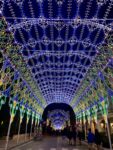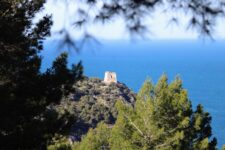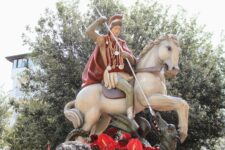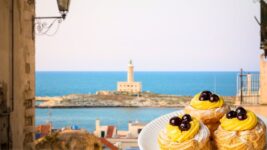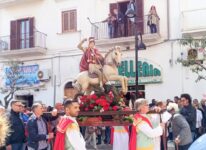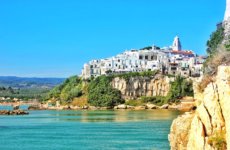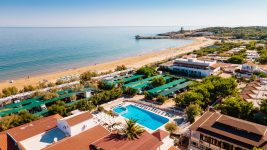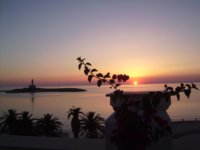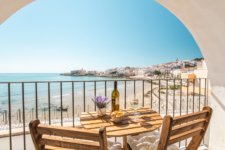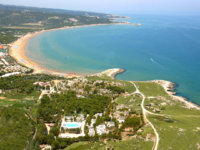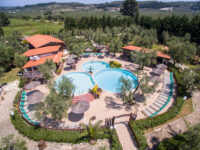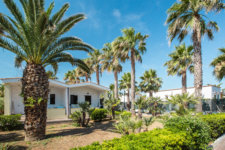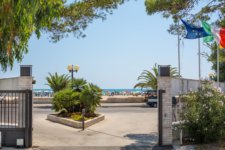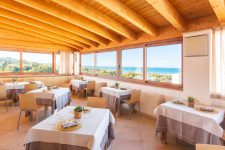The islet of Sant'Eufemia (originally Eugenia), seat of the charming Vieste lighthouse, stands out with a majestic presence in the wide bay of Marina Piccola. This small island not only has a strategic geographical position that makes it a point of reference for navigation routes in the Adriatic, but also hosts a rich historical heritage, thanks also to the presence of an ancient spring of fresh water, essential for sailors of antiquity.
For centuries, the islet has been the silent guardian of the cave Sanctuary of Venus Sosandra, a sacred place since the 200rd century BC until the Roman age. Inside, the walls tell the story of passing sailors who left at least XNUMX votive inscriptions in Greek and Latin. These inscriptions, the subject of ongoing studies, reveal the ancient bond of Vieste with the cult of Venus Sosandra, goddess of the sea and savior of men.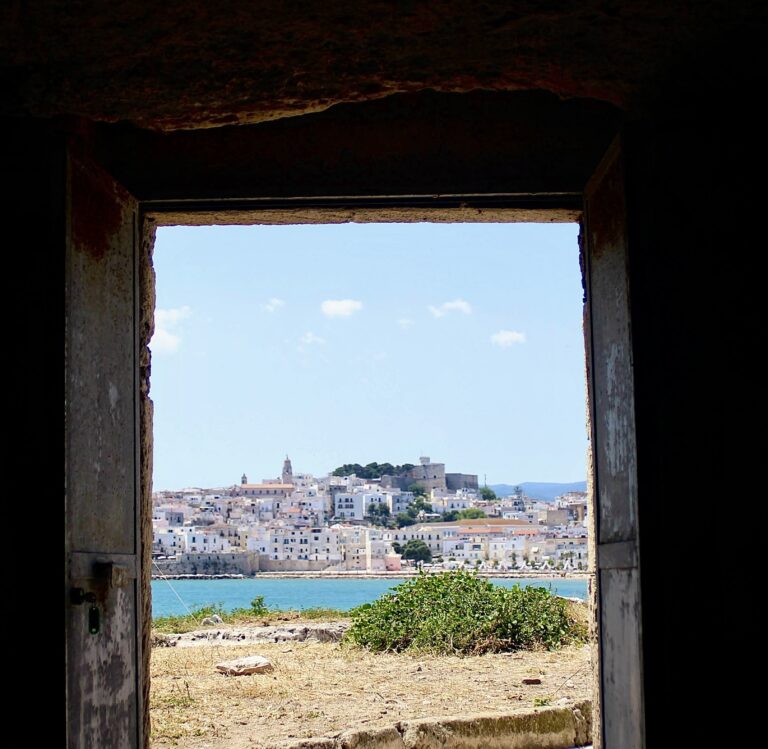
Identified as the ancient Uria Garganica, mentioned by ancient authors such as Strabo, Ptolemy and Pliny the Elder, Vieste was a port of crucial importance. Sailors and fishermen, safe under the protective umbrella of the saving deity, had written their prayers on the walls of the cave. The cult of Venus Sosandra is testified by the poetry of Catullus and has deep roots in the region, thanks to the flourishing sea and trade routes between Vieste and the eastern Adriatic.
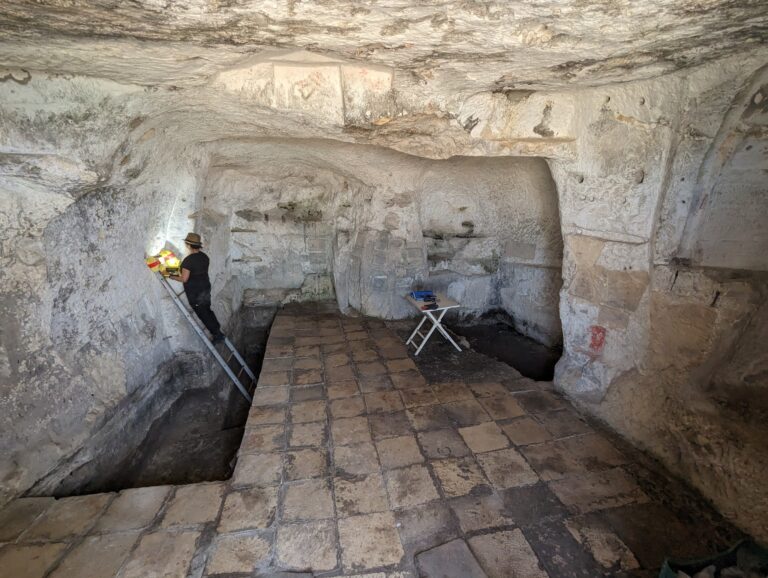
DS Antonacci's photo
The cult of Venus Sosandra is a practice imported from a colony of Cnidus (present-day Turkey), which in the XNUMXth century BC had colonized Corcyra Melaina (now Korcula). This historical and spiritual link between the sea and humanity is reflected in the contemporary cult of the Madonna Stella Maris. The sea procession that takes place during the celebrations of the Madonna del Mare in early September is a vibrant reminiscence of this ancient faith.
Over the centuries, the cave, once dedicated to the pagan cult of Venus Sosandra, has been transformed for Christian worship. Medieval inscriptions and Christian symbols bear witness to this change of faith.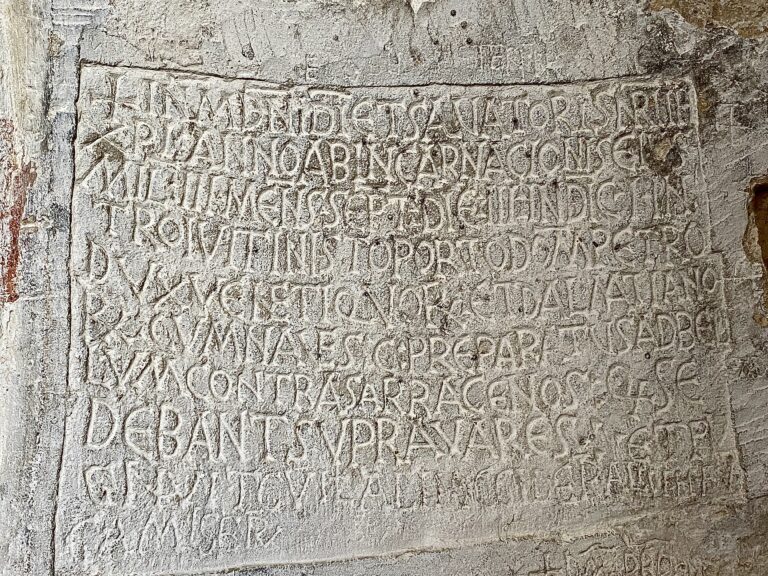
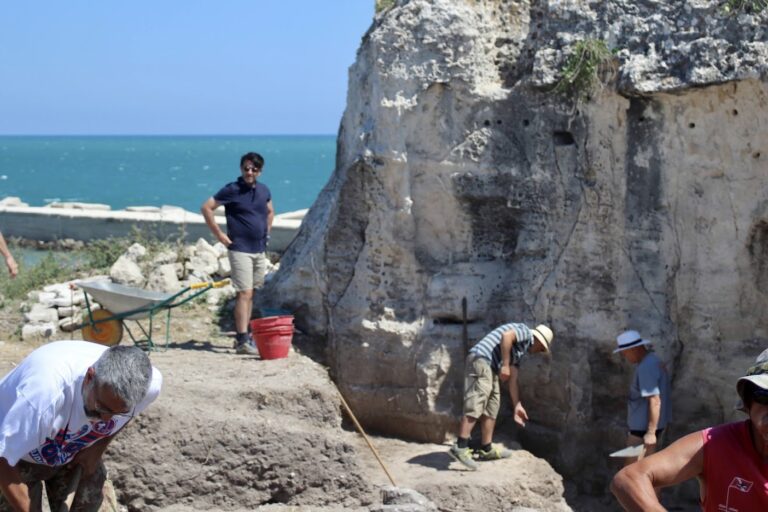
Archaeologists at work led by Prof. Volpe, from the University of Bari
The archaeological excavations recently undertaken on the islet by the Universities of Bari and Foggia are revealing new secrets of this fascinating place. Late antique burials, remains of farm animals, and a small stone quarry suggest the presence of a small human settlement on the islet. Up to now, the investigations have led to the census of about 250 Roman and contemporary inscriptions.
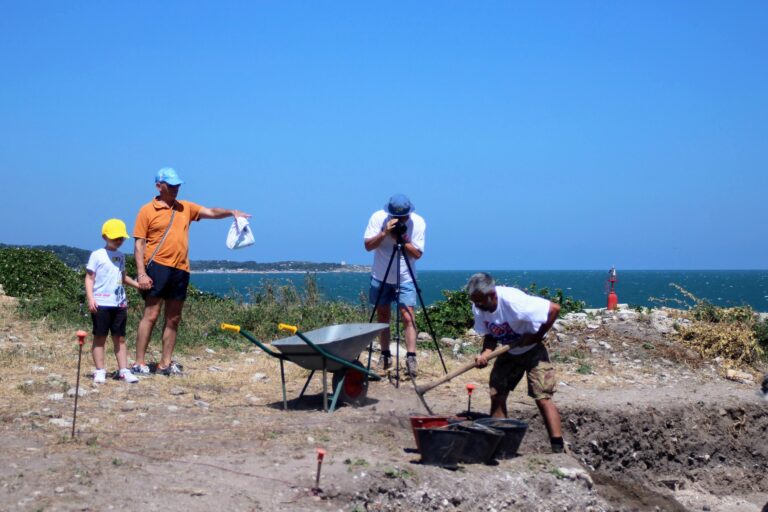 The importance of these finds cannot be underestimated.
The importance of these finds cannot be underestimated.

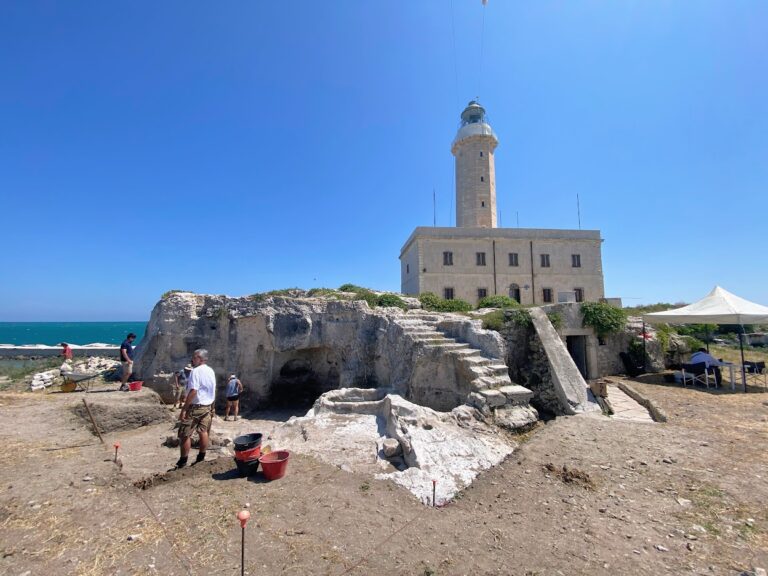
 Turismovieste.it is created by
Turismovieste.it is created by 